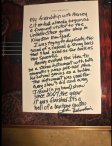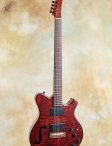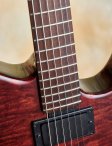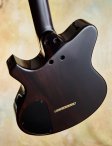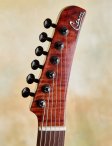
John Sebastian: A Musical Journey, A Magical Guitar
If you came of age in the 1960s, John Sebastian's voice was the soundtrack to your summer afternoons. As the founding member and primary songwriter of The Lovin' Spoonful, Sebastian helped define the jug band revival that brought a warmly American folk-rock sound to the British Invasion era. Songs like "Do You Believe in Magic," "Summer in the City," and "Daydream" weren't just hits—they were musical postcards from a more innocent time, capturing the optimism and creativity that made the mid-sixties so magical.
The Lovin' Spoonful's success was meteoric but relatively brief. Between 1965 and 1968, they scored seven Top 10 hits and helped bridge the gap between folk music and rock and roll. Sebastian's songwriting combined sophisticated harmonic sensibilities with an almost childlike sense of wonder, creating songs that felt both timeless and utterly of their moment.
When The Lovin' Spoonful disbanded in 1968, Sebastian embarked on a solo career that would produce another generation-defining moment. His impromptu acoustic performance at Woodstock in 1969—where he wasn't even officially scheduled to appear—became one of the festival's most memorable sets. Dressed in a tie-dyed denim jacket, Sebastian charmed the massive crowd with intimate songs and gentle humor, embodying the peaceful, communal spirit that Woodstock represented.
Sebastian's post-Woodstock career continued to showcase his versatility, from his hit "Welcome Back" (the theme for "Welcome Back, Kotter") to film composition work. His collaboration with Harvey Citron on pioneering the baritone guitar represents his restless creativity and constant search for new sonic territories. It's this innovative spirit, combined with his masterful songcraft, that has kept John Sebastian beloved across multiple generations of music lovers.

